Following on from Charlotte and Corrina, and a couple of months into lockdown I’m here to share the artworks I see every day in my own home. Like many people right now I am missing visiting galleries and museums. As much as I am enjoying seeing everyone share their work via social media and think it is brilliant that galleries are making their collections available online (including our own online show!), there is nothing like experiencing great art in person (and lets not forget the social aspect of gallery visits!).
I am definitely very fortunate to own and be able to display art in my home and the extra time I have found myself with as of late has meant that I have been able to appreciate it more than I would have under “normal” circumstances. A large amount of the art I own also means something to me on a personal level, most of it created by friends or linked to past experiences and memories, it has helped me feel connected to the world beyond my own four walls in these trying times.

First up are two of the four portraits created of myself at our second ‘Intersect portraiture project’ on IWD 2019. These were drawn as the practice round by our artists before guest sitters arrived, to get acquainted with the process and with each other. The other two drawings from this sitting are safely tucked away in storage, not just for space reasons but also because its probably a little narcissistic to have a whole wall full of images of myself above my bed, right?


Next up is a print by artist and illustrator Steven Rhodes which is actually a birthday card from a friend which I framed on account of it looking a little like me and my cat Phoebe.

Two of the artworks I own were made by friends while at University and were destined for the skip after being exhibited at Free Range in 2016 due to a lack of storage opportunities. Obviously I felt awful that my friends were having to bin the work they had poured all their efforts into the last few months and which had earned them their degrees so I saved what I could. This ended up being ‘Red painting on wood’ by Kinga Pilarska and 1 of the hundreds of random Gnome heads created by and scattered around by Robin Gosselin-Monasevic.


Another artwork hanging on my wall and created by a friend is this print by Jess Nash, who you can read more about in my previous blog “An Interview with Jess Nash”

Anyone who knows me, knows that I have a ‘thing’ for print making, especially etchings, woodblocks, lino, and cyanotype. I always appreciate the processes of making the art work, sometimes more than the final outcome and the piece itself! which is why printing in all it’s forms, watching artists carve and mark blocks, as well as exploring these processes myself in my own work appeals to me. So, you could imagine my excitement when I discovered printmaker and tattoo artist Lacey Law on Instagram. Her work is often much more figurative than I would usually be drawn in by, most of her woodblock prints are tattoo flash in a different medium to the typical drawings on paper but I adore them.
Back in 2018 I was lucky enough to receive an edition print of ‘Comfort’ for my birthday from my partner and it has held pride of place on my wall ever since. I have been watching her carefully on Instagram throughout lockdown, (watching her carve blocks is oddly satisfying) and have been dying to get my hands on one of her smaller prints she has been making on paper scraps, but her work sells out in minuets and I have just not been quick enough…. Yet!


Do you know of the Stoned Fox meme? Chances are you have seen it somewhere even if you don’t know what it is first-hand, this taxidermy fox is a viral hit and has literally travelled the world. His creator Adele Morse is an artist working in London who specialises in sculpture and taxidermy. Since the original fox went viral Adele has made many more anthropomorphic critters including a raccoon, a hedgehog, some rats, many more foxes and a little goat named Billy, who also recently became a viral sensation in Morocco for being the spawn of Satan/witchcraft/a summoned demon of some sort (You couldn’t make it up!).
Last year Adele tried to get her original fox back from some people who had broken him and generally treated him quite badly, the catch was that to get her own artwork back she was going to have to buy him back. To raise the funds for this a friend of Adele’s set up a GoFundMe to bring the fox home! For a small donation you would be sent a print of the fox and the knowledge that you helped an artist regain some control of her own work.

At one of the 2018 TOAF fairs two illustration students turned their stall into a participatory project, inviting visitors to have their animal portrait drawn. I still have my cat portrait framed on the wall.

Because of recent development work in the town, last year a group of artists and designers in Harlow found themselves having to say goodbye to their studios at Gatehouse Arts. The decision was made by Abbie and Harry at SnootieStudios to put on one last goodbye show in their gallery in which they celebrated the work created in the studios as well as works by artists who have had a past connection to the studios and gallery or who just live and work in Harlow. Having grown up in the town and previously working on an exhibition in the gallery with a group of friends back in 2015 I was able to submit and exhibit my own etchings in the exhibition along side many others.
For the Private view Abbie and Harry made their own home brew beer in the bathrooms of the studios and bottled it in vintage (unused) medicine bottles and printed up their own labels, naming their creation ‘good booze’.
I’ve known Abbie and Harry for many years and this eccentric idea and design is so typically them, I had to keep a bottle! It now sits proudly in my kitchen with Audrey, my Venus fly trap… because why not?

And lastly, for this blog anyway, sat on my bookshelf is a memento from the first exhibition I was involved in with Sweet ‘Art. I created these 3D representations of the Femfest posters by casting a real Femfresh bottle in plaster and then painting. Originally created as special press invitations we also had a few on display at the exhibition itself, do any of you remember them?


There are other artworks scattered around the house, including some of my own work so maybe if this lockdown carries on much longer I’ll do a Lockdown Art part 3.5 and show off a few more examples but for now, I hope you’ve enjoyed snooping around my collection!

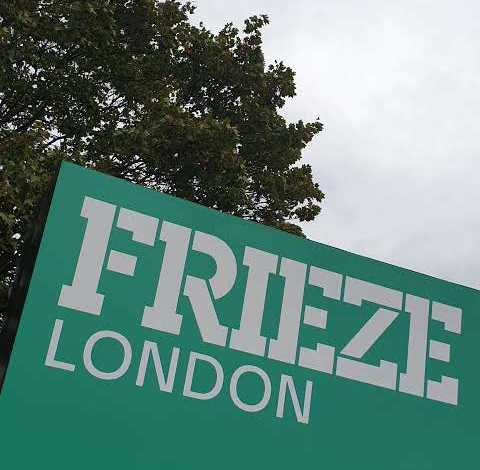






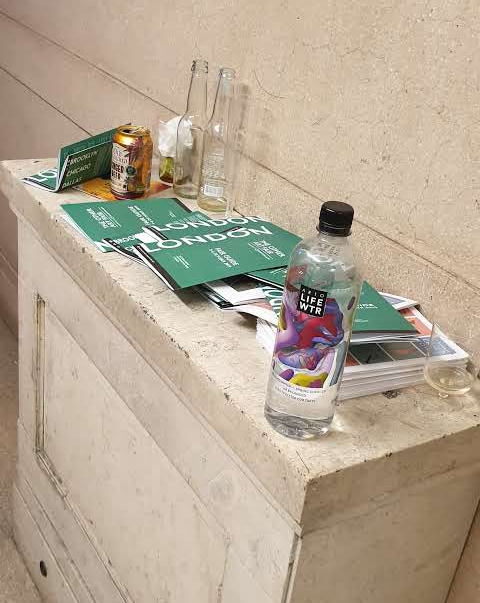
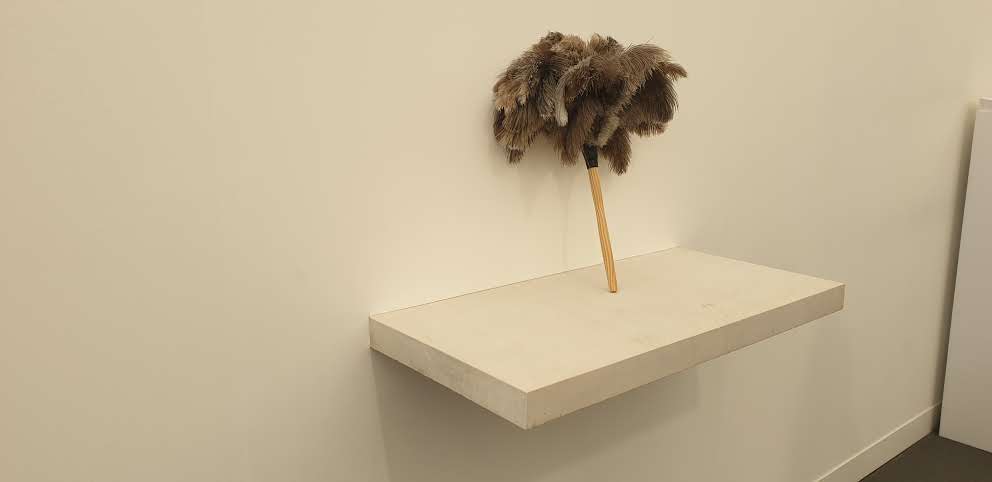


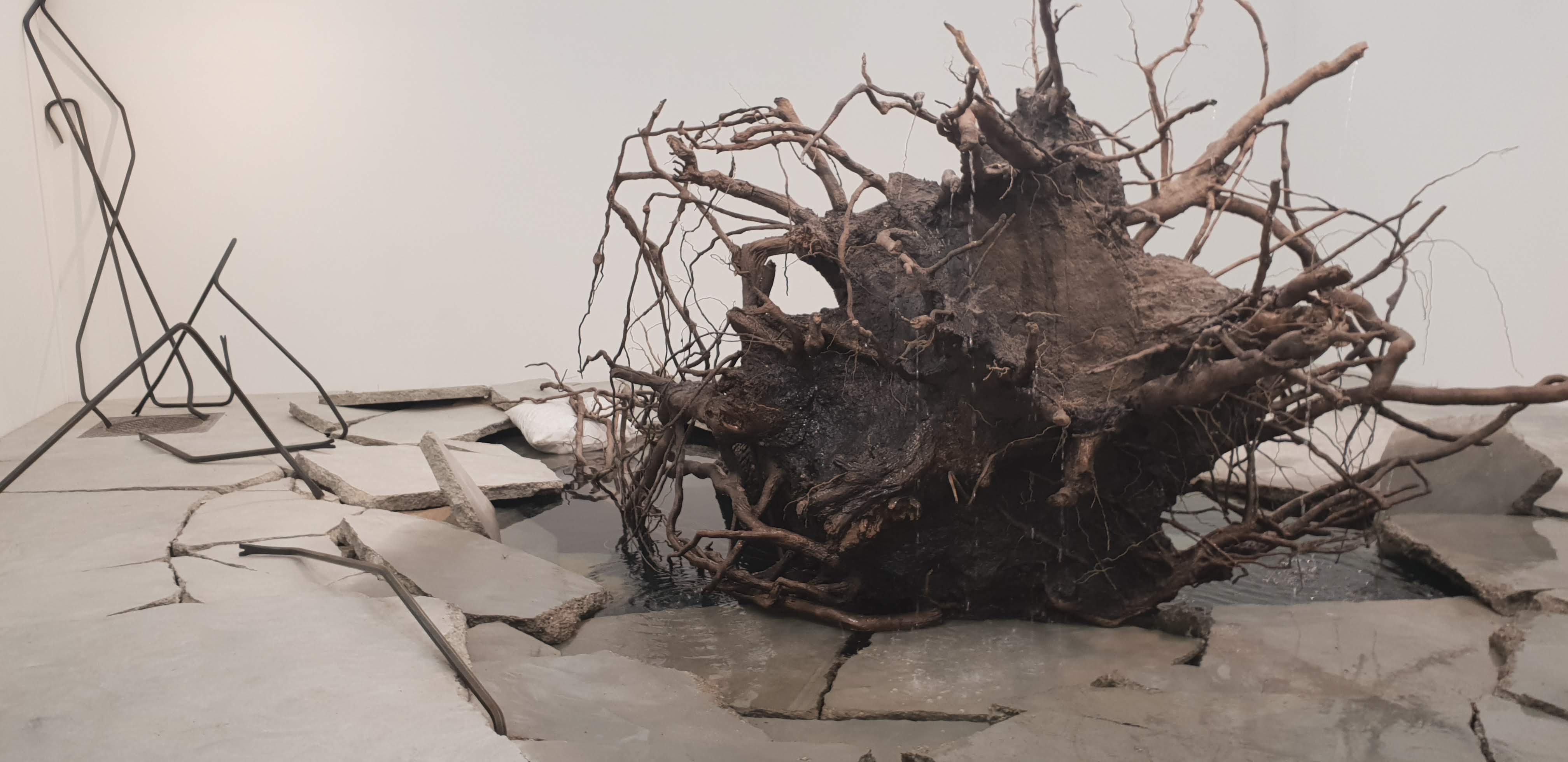






















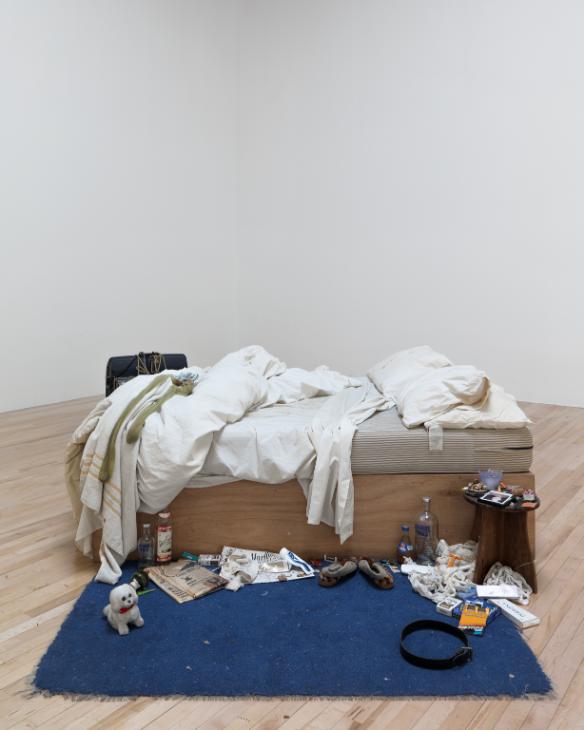

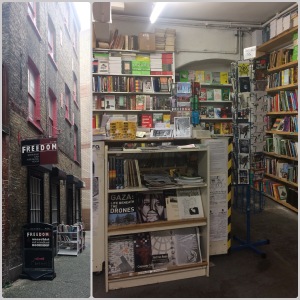

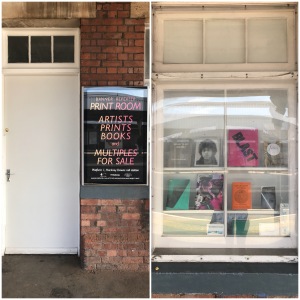
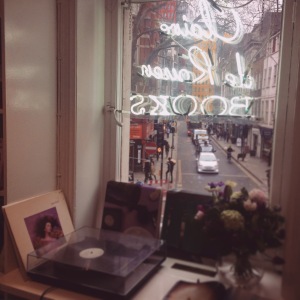 Near Tottenham Court tube you can also stop into
Near Tottenham Court tube you can also stop into